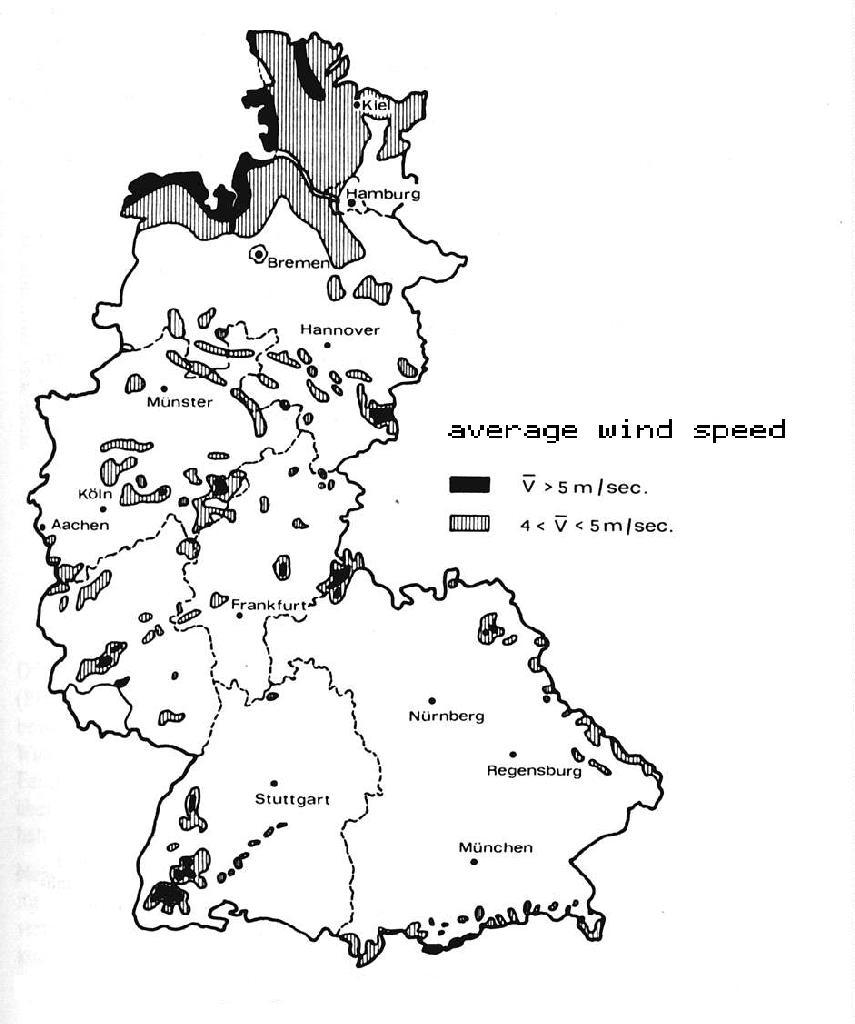
The blades or rotors catch the wind. When the wind blows against them, they change the horizontal movement of the wind into a rotational force turning the shaft. The generator then turns this movement into electricity. Blades come in many sizes; the longest blades in use today are over 50 meters long.
The generator converts the mechanical energy of the rotating shaft into
electrical energy. This electricity is then sent to homes and businesses
where machines change the electricity into forms that consumers can use
such as heat and light.
The tower lifts the wind turbine up high so that it can take advantage of the stronger, more consistent winds which blow above the ground. The world's tallest towers are more than ten stories high.
Batteries are an important part of remote wind systems because they
serve to stabilize the power fluctuations from the wind turbine and store
the excess energy production. This stored energy is then available to supply
the loads during low wind periods. Battery bank sizes typically range from
one to three days of back-up capability, and usually consist of lead-acid
batteries. Larger systems have relatively smaller battery banks and make
more frequent use of back-up diesel generators.

Picture taken from "wind energy in theory" from J.P. Molly /Verlag
C.F. Müller
Finding the best site for a wind turbine is essential. The wind itself
is rarely a steady, consistent flow, and obstructions such as nearby buildings
or hills can reduce the performance of the turbine. Furthermore, wind speed
varies naturally with the time of day, the season, and the height of the
turbine above the ground. In a typical windfarm configuration, a converter
changes the electricity produced by the turbines into power with a voltage
and quality compatible with the local transmission grid. Computers communicate
with electronic monitors in each turbine to ensure that the turbine is
operating properly and to coordinate maintenance. Where a distribution
grid exists but fuel costs are high, a windfarm can often be an economical
approach to adding more power. In addition, windfarms can be installed
within a few months if necessary, and because the individual unit size
is small in utility terms (500 kW or less), windfarms can be readily sized
to meet the needs of a given situation, with additional turbines being
added later as required. The next page is axes.